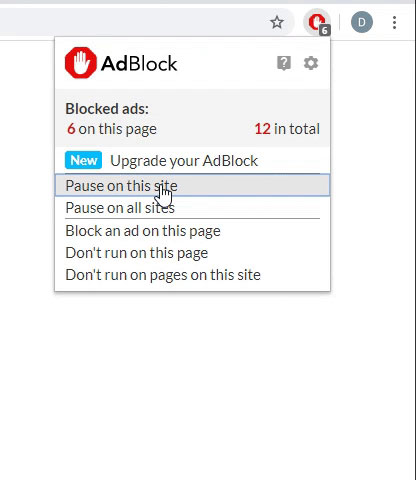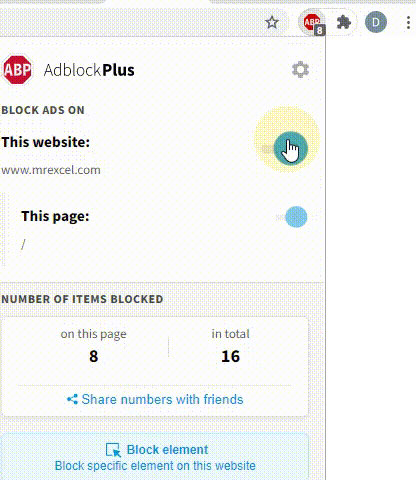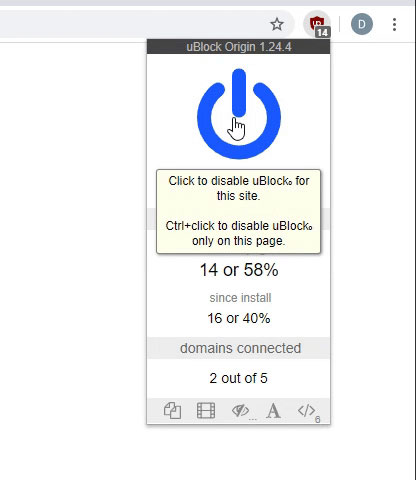Hi Joe,
I see two problems, if you look at my two posts (the one I linked to and the one that follows).
With ADO, the Major and Minor versions follow. What's the problem then? The GUID strings are different! There's a pattern in the first 3, but the 4th? Not so much...
Now look at the Excel one in my next post to that thread, for some reason Microsoft is incrementing Minor versions where we expect them to be incrementing on Major versions... Access looks as we expect it, sort of.
XML has the same problem as ADO, the Major versions work as we expect, but the GUID strings are completely different.
Perfect world? Same GUID and the Major and Minor references are intuitive. Reality? Not so much. Bottom line? If you're going to work with GUIDs, you had better test them.
I could see some valid reasons for wanting to add references on the fly; not all libraries are created the same, perhaps you want to automate specifically to a specific library. E.g., an ADO Stream:
Link.
But, my opinion is that if you do toggle someone's references, you'd better restore back to the original settings when you're done, much like you should if you toggle a Calculation setting in Excel, as mentioned in my last thought/code
here. Every post where I have shown someone how to set a reference, I advise how to remove that reference.






